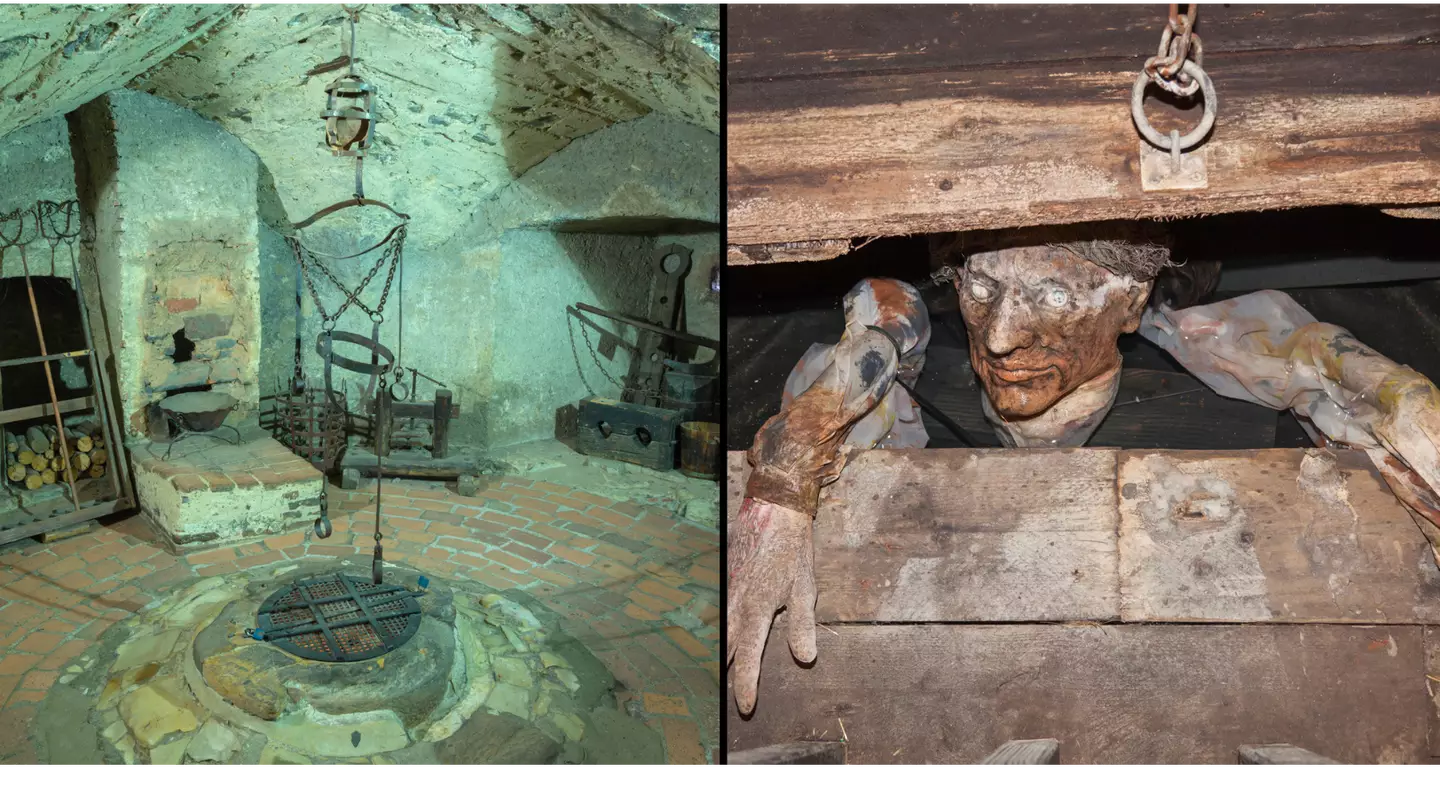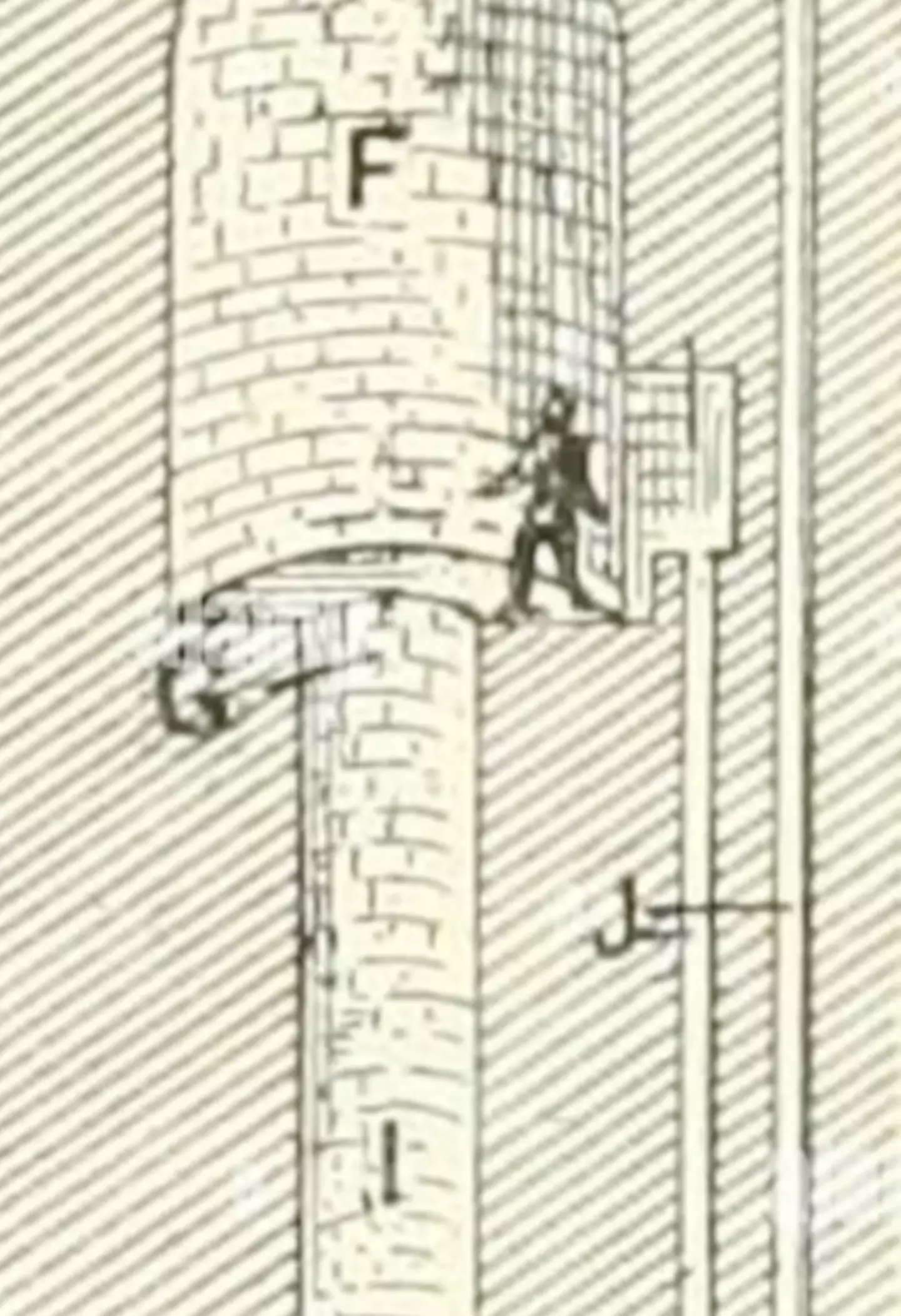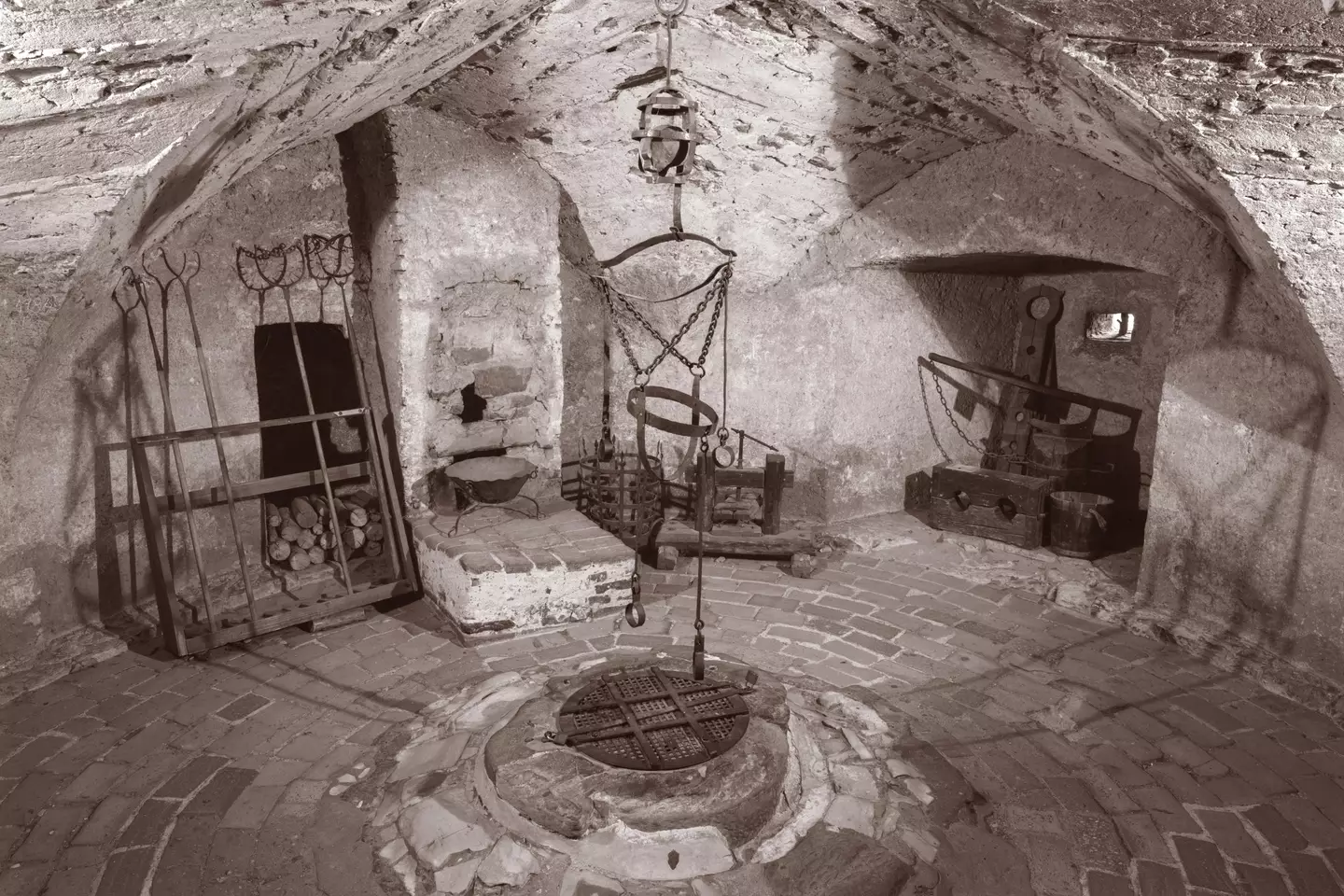
The Medieval period often gets a bad rep compared to other historical periods as being the most brutal and unforgiving.
This is in some part due to the Victorians, who wanted to paint themselves as modernisers and separate their brave new world from the grisly past.
So, they concocted all manner of myths and lies about the medieval period to paint it as barbaric and savage.
Advert
Like they were ones to talk with their artificial famine in Ireland, ravaging of India, and scramble for Africa, but whatever.
Medieval Europe was also a time of great cultural and technological advance, with inventions like the printing press.
However, as much as those pesky Victorians did lie and exaggerate about how barbaric and uncultured the medieval period was, there were still some pretty damn unpleasant goings on, and this torture method was certainly one of them. Unlike the Iron Maiden, falsey ascribed to Medieval Europe that turned out to be a 19th century hoax - the oubliette is a device you wouldn't wish on your worst enemy.
Advert
In French the verb 'oublier' means 'to forget' - and if that doesn't give you an idea of what's to come, then I don't know what will.
Those unlucky enough to face this torture were thrown into oubliette's to starve and be forgotten about.
They were very small spaces accessible only through one grate in the ceiling, which was likely out of reach, giving the prisoner a glimpse of light they'd never be able to reach.
There was no drainage either, so whoever was thrown in there would have had to stand or lie in their own filth - that is when it wasn't being thrown on you by those keeping guard.

Being housed in the walls of the castle meant that a prisoner could have been exposed to the tantalising smell of food wafting through the halls, and heard the sound of life carrying on without them just down the corridor.
Advert
Talk about mental torture!
They were also sometimes extremely narrow, so narrow that only standing was possible, or crouching in an extremely uncomfortable position. And if that wasn't bad enough, it wasn't uncommon for prisoners of the oubliette to be accompanied by rats, or in fact, the remains of other prisoners.
Anyone else glad they weren't born in the medieval era?

While it's certain that oubliettes were used, it's also likely that the extent of their usage has been exaggerated, as the horror they inspire captures our imaginations so effectively.
Advert
Many spaces now commonly believed to be dungeons in Medieval castles were actually used for far less interesting purposes such as storage or drainage.
Most people being held prisoner in a castle would have been someone of wealth or status, or a political prisoner held as leverage. These aristocratic prisoners could expect to be treated in accordance with their status, and were housed in towers, not dungeons.
In practical terms, there wasn't the space in a working castle to dedicate to keeping lots of low status prisoners.
Thank god for small mercies.
Advert
In a siege which could last months - or even years - it would have made more sense to have more storage space for food provisions than for a prisoner's dungeon.
However, the use of castles as prisons did start to become more widespread when they became obsolete for military use due to the invention of cannons.
Featured Image Credit: Prisma by Dukas Presseagentur GmbH / Alamy